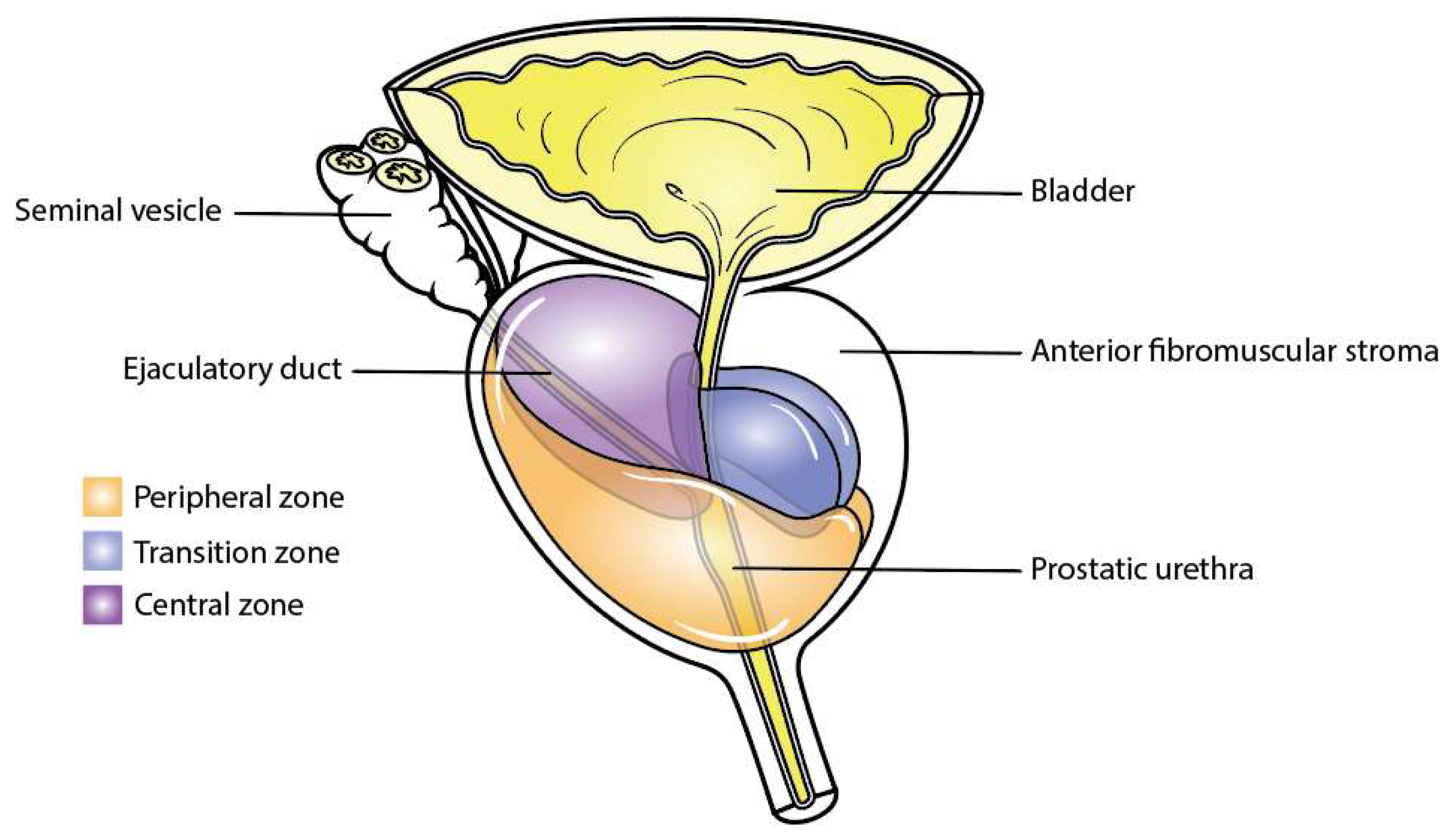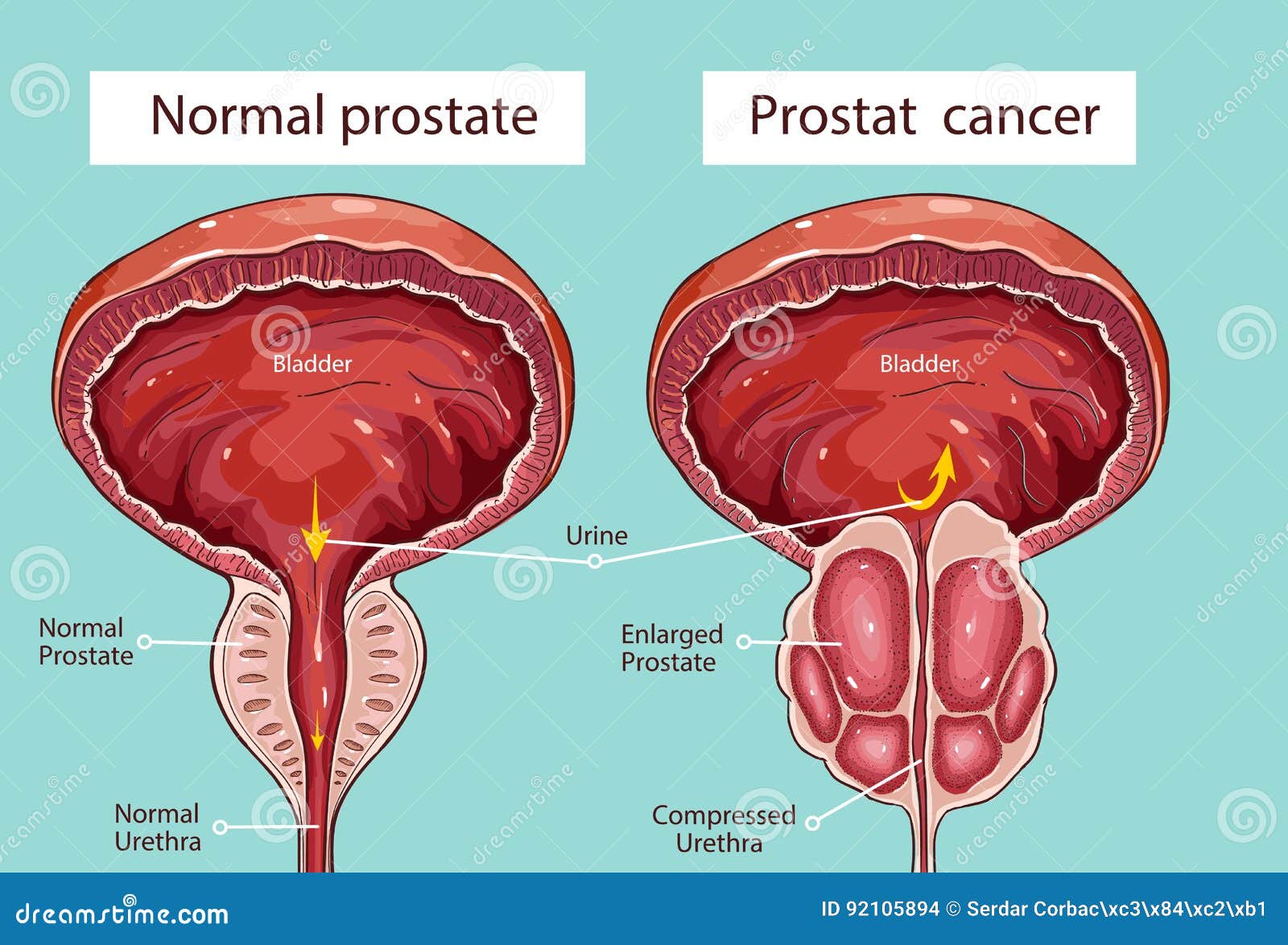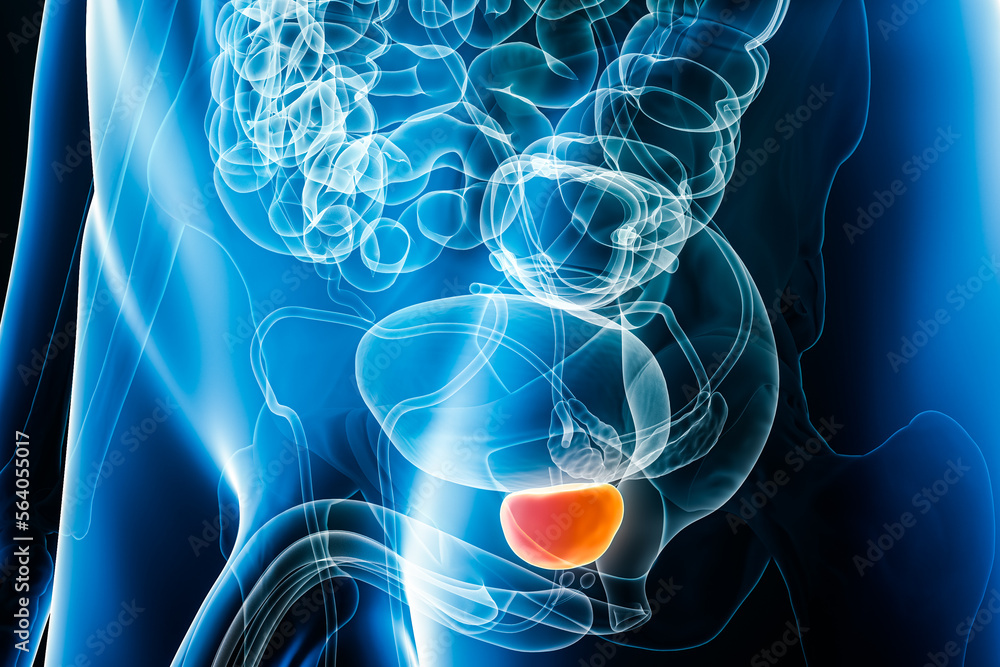Exploring The Prostate Gland: Key Insights For Men's Well-being
Detail Author:
- Name : Prof. Liliana Conn
- Username : maymie56
- Email : elissa.gleason@glover.com
- Birthdate : 1993-07-07
- Address : 216 Windler Lakes East Olga, MO 26835-7128
- Phone : +1-812-365-4017
- Company : Wilderman-Hintz
- Job : Scanner Operator
- Bio : Occaecati consectetur hic rerum aut et et. Itaque facilis et beatae natus occaecati sint dolorem est. Et et tenetur quis eum magni.
Socials
instagram:
- url : https://instagram.com/lquigley
- username : lquigley
- bio : Eum at quaerat dolor. Ducimus et numquam modi consectetur. Consectetur magni vitae est dolorem.
- followers : 3282
- following : 1353
twitter:
- url : https://twitter.com/lesley_real
- username : lesley_real
- bio : Recusandae nesciunt quas voluptatem dolores. Quia necessitatibus pariatur aut reiciendis numquam ut. Dolore reiciendis sed at ad vel.
- followers : 3183
- following : 245
facebook:
- url : https://facebook.com/lesleyquigley
- username : lesleyquigley
- bio : Aut rerum eos omnis voluptatem repudiandae omnis fugit.
- followers : 1834
- following : 1891
The prostate gland, a small yet quite important part of the male body, often goes unnoticed until it starts to cause some trouble. For many men, understanding this particular gland becomes a real concern as they get a bit older. It's truly a vital piece of the male reproductive system, and knowing more about it can actually help you stay healthier. So, in a way, let's explore what the prostate is all about.
This gland, you know, plays a really big part in a man's ability to have children, helping with fertility in men who are sexually mature. It also helps with the actual act of procreation itself. So, it's pretty central to male biology. Learning about its normal growth and how it works, where it sits, and what it connects to, well, that can really help you grasp how certain health issues, like prostate cancer, can begin to develop.
We'll talk about what the prostate does, where it's located, and what kinds of conditions might affect it. This includes common issues like an enlarged prostate, also known as benign prostatic hyperplasia, or BPH, and other concerns such as prostatitis and prostate cancer. You'll also find out about ways to detect problems, different diagnostic methods, treatment choices, and even some newer advancements, like robotic prostatectomy and current research efforts. It's all here, basically, to give you a clearer picture.
Table of Contents
- What is the Prostate Gland?
- Common Prostate Conditions
- Understanding Prostate Changes with Age
- Detection and Diagnosis
- Treatment Options and Advances
- Frequently Asked Questions (FAQ)
- Staying Informed About Prostate Health
What is the Prostate Gland?
The prostate gland, a really small body part, helps make semen. It's a gland you'll find only in males, actually. This particular gland is present in all male mammals, which is pretty interesting, you know. It plays a pretty big part in the male reproductive system, being a key piece of it, so it's not just some random bit of tissue.
Where It Sits in the Body
The prostate is a gland located right below your bladder, and it's in front of your rectum, too. This placement is pretty important because it means the prostate kind of wraps around the urethra. The urethra, you know, is that tube that carries fluid out of the body. Because it surrounds this tube, any changes or swelling in the prostate can really affect how that tube works, which can lead to some noticeable symptoms. So, its location matters a lot for how it functions and what happens when it doesn't.
Its Role in Reproduction
The prostate gland, basically, helps add fluid to your semen. This fluid is really important for maintaining fertility in sexually mature males. It helps the sperm stay healthy and move well, which is pretty crucial for the act of procreation itself. So, it's not just a minor player; it's quite central to a man's ability to reproduce. This fluid, you know, gives the sperm what they need to do their job, so it's a very specific kind of support system.
Common Prostate Conditions
While the prostate is a very important part of the body, it can, unfortunately, be affected by a few different health issues. Prostate cancer, benign prostatic hyperplasia (BPH), and prostatitis are some of the conditions that may impact this gland. Knowing about these common problems can help you understand what to look out for, and you know, it's good to be prepared.
Benign Prostatic Hyperplasia (BPH)
Benign prostatic hyperplasia, or BPH, is a health issue that becomes more common as men get older. It's also often called an enlarged prostate, basically. This condition means the prostate gland grows bigger, which can then put pressure on the urethra, the tube that carries urine. Because it's so common with age, many men will experience some symptoms related to it at some point, so it's a pretty typical part of getting older for some.
Prostatitis
Prostatitis is another prostate problem that can cause discomfort. This condition involves inflammation of the prostate gland. It can actually affect men of all ages, unlike BPH which is more age-related. The symptoms can vary, but they often involve pain or difficulty with urination, which can be pretty bothersome. So, it's a different kind of issue than just an enlarged gland, you know.
Prostate Cancer
Prostate cancer is a serious concern for many men. It happens when cells in the prostate gland start to grow out of control. The more you know about how the prostate normally develops and works, where it's located, and what it's attached to, the better you can understand how prostate cancer might develop, basically. This knowledge can really help you grasp the risks and why certain things happen. It's a very important area to be aware of, especially as you get older.
Understanding Prostate Changes with Age
As men get older, particularly from about age 40 onward, the prostate gland starts to undergo some natural changes. One significant change involves hormones, you know. Specifically, testosterone is steadily converted into a powerful hormone called dihydrotestosterone, or DHT, inside the prostate cells. This process, in a way, is a normal part of aging, but it can also play a role in how conditions like BPH develop. So, understanding this hormonal shift is pretty key to grasping age-related prostate health.
These changes in the prostate can lead to various symptoms, some of which are not actually cancer. For example, issues like an enlarged prostate (BPH) or prostatitis can cause noticeable changes in how your body works. Knowing about these changes and their symptoms, plus understanding risk factors, can help you manage your health. It's really about being aware of what's happening inside your body as time goes on, and what's normal versus what might need a closer look, you know.
Detection and Diagnosis
Finding out about prostate problems early can make a big difference, honestly. There are various approaches to detection and diagnosis for conditions that affect the prostate. Learning about these methods is a good step for any man. It's not always about finding something serious, but rather about getting a clear picture of your health. So, knowing what tests are available is pretty helpful, you know.
Common Tests
When it comes to reviewing common tests for prostate conditions like prostatitis and benign prostatic hyperplasia, there are a few things to keep in mind. These tests help doctors understand what's going on with your prostate. They also consider treatment side effects, which is important when making choices about your care. Your doctor might suggest certain tests based on your symptoms and age, basically, to get the clearest possible view of your prostate's health.
Treatment Options and Advances
Once a prostate condition is identified, there are various treatment options available, and the field is always seeing new advances. For prostate cancer, for example, there are many ways to approach care. This includes things like robotic prostatectomy, which is a very precise surgical method, and also current research into new therapies. It's pretty amazing, actually, how much progress has been made in this area.
Prostate Cancer Treatments
For prostate cancer, treatment choices can really vary depending on the specific situation. Doctors look at the type of cancer, its stage, and your overall health when suggesting a path forward. Robotic prostatectomy, for instance, is a surgical option that uses advanced technology to remove the gland with great precision. Beyond surgery, there's a lot of ongoing research, which means new and better ways to treat prostate cancer are always being explored. It's a very active area of medical science, so there's always something new being learned.
Frequently Asked Questions (FAQ)
Here are some common questions people often have about the prostate gland, you know, to help clarify things a bit.
What is the main purpose of the prostate gland?
The prostate gland, basically, is a small gland found only in males that helps make semen. It adds fluid to your semen, which plays a role in maintaining fertility in sexually mature males and helps with the act of procreation itself. So, it's pretty important for reproduction, you know.
What are the most common problems that affect the prostate?
The prostate gland can be affected by several health issues. The most common ones include benign prostatic hyperplasia (BPH), which is also called an enlarged prostate and becomes more common with age. Prostatitis, which is inflammation of the prostate, is another one. And, of course, prostate cancer may also affect it. So, there are a few different things that can happen.
How can I learn more about prostate health and related conditions?
To find out more about the prostate, its role, and what conditions affect it, it's a good idea to seek out reliable information. You can learn about detection, diagnostic approaches, treatment options, and advances for prostate cancer, including robotic prostatectomy and current research. Understanding prostate changes and symptoms that are not cancer, plus risk factors and treatment for prostatitis, enlarged prostate (BPH), and prostate cancer is also very helpful. You can also learn more about prostate health on our site, and find additional information by visiting this page here. For broader health information, you might also look at resources from reputable health organizations, like the National Cancer Institute, which offers extensive details on various health topics.
Staying Informed About Prostate Health
Knowing about the prostate gland, its function, and the conditions that might affect it is a really good step for any man. The more you know about the normal development and function of the prostate, where it’s located, and what it’s attached to, the better you can understand how prostate cancer develops, for example. This kind of knowledge helps you be more proactive about your well-being. It's truly about empowering yourself with information, so you can make informed choices about your health as you get older.
As we've talked about, conditions like benign prostatic hyperplasia (BPH), which is an enlarged prostate, become more common with age. Also, understanding prostatitis and prostate cancer, including current research and treatment options, is vital. Keeping up with information about prostate changes and symptoms that are not cancer, plus risk factors and treatments, can really help you stay on top of things. So, basically, staying informed is a key part of looking after your prostate health today, and for years to come.

Anatomia | Free Full-Text | Molecular Anatomy of Prostate Cancer and

Normal Prostate and Acute Prostatitis. Medical Illustration Stock

Xray prostate organ 3D rendering illustration with male body contours